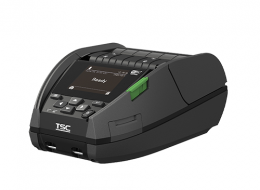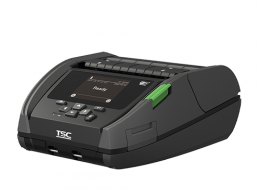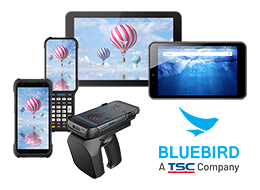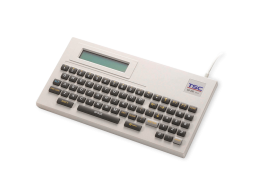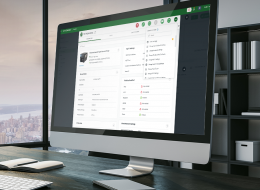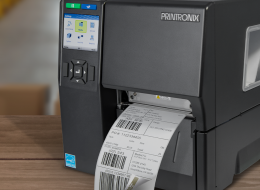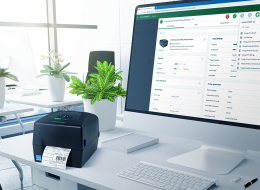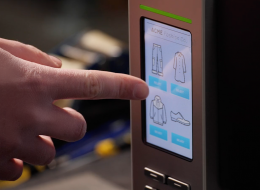Thermal Labels DO NOT USE
Variable imaged products for a variety of printers.
Not sure which label is best for your customers? Here are some basic differences between TT and DT labels:
Thermal Transfer Labels
Thermal transfer printing uses a ribbon with heat-sensitive ink. A print head heats up and melts a wax-based or resin-based ink onto the media.
Materials
Face stock and ribbon
Advantages
- Using different face stock and ribbon combinations can provide smudge, scratch, and chemical resistance
- Material is less expensive than direct thermal
- All material is scannable in both visible and infrared light
- Many face stock options
- Longer shelf life
Disadvantages
- Less efficient due to ribbon changes
- Increased downtime when ribbon lengths don’t always match label roll lengths
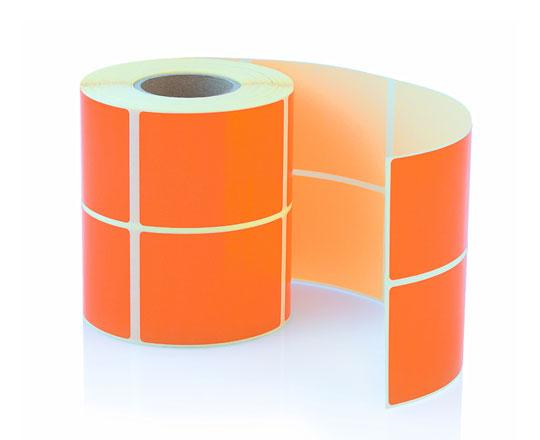
Direct Thermal Labels
Direct thermal materials are printed using heat. When the label travels under the heated printhead, a chemical reaction takes place within the media – darkening the portions touching the printhead.
Materials
Face stock only
Advantages
- More cost effective for short-term uses and applications
- Less printer downtime with no ribbon changes
Disadvantages
- Image darkens over time with exposure to light or high temperatures
- Face stock costs more than thermal transfer
- Shorter shelf life
- Limited scratch resistance
- Few options for chemical resistance
- Shorter printhead life than thermal transfer
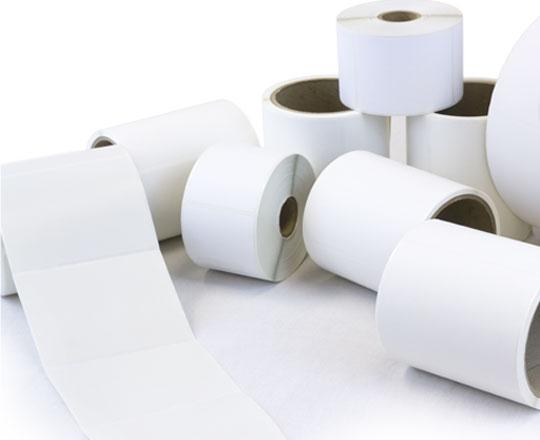
Non-Topcoated vs. Topcoated Direct Thermal Material
The direct thermal coating on direct thermal labels is sensitive to environmental factors such as chemical contact, humidity, UV exposure and abrasion. These factors can destroy or degrade the quality of your printed image.
To help protect your printed image from these environmental factors, materials are available with a clear, protective topcoating. This top coat acts as a barrier to help resist the effects of image-degrading environmental factors.
Consider the following to determine if your project would benefit from a topcoated product:
Non-Topcoated Product | Topcoated Product |
| The most economical choice, non-topcoated materials are acceptable for short duration labeling applications requiring limited environmental resistance. | Best for applications where the label will be subjected to abrasion, sunlight, moisture or light chemical contact. |

